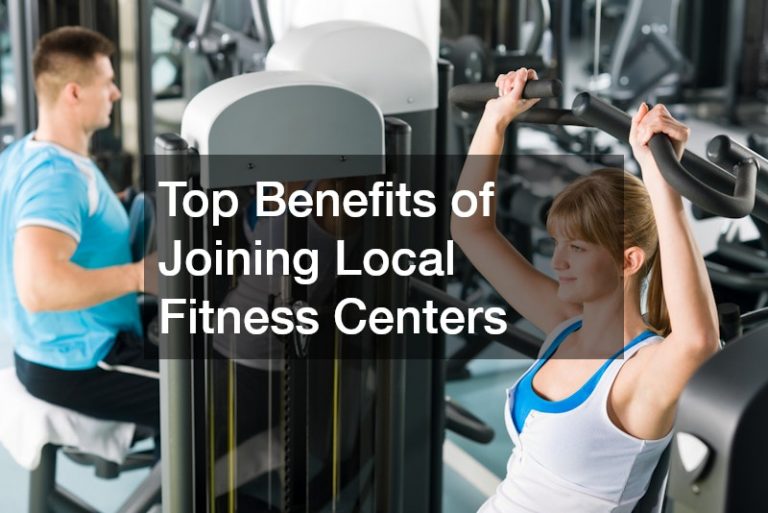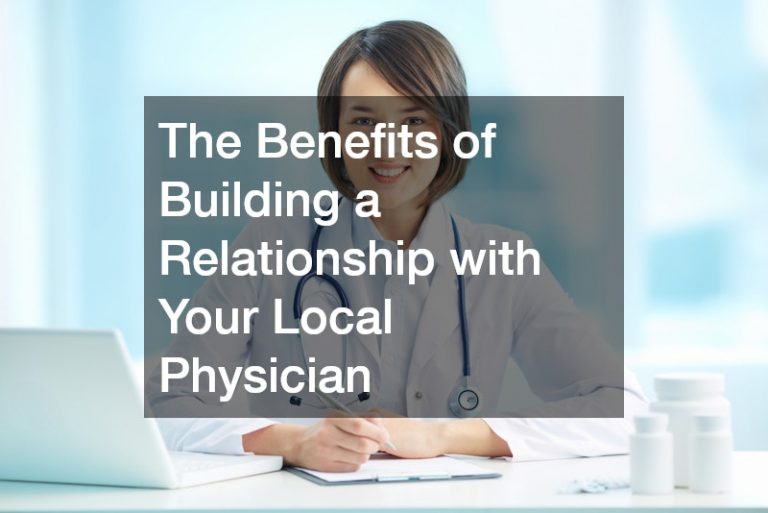

The American Heart Association estimates that 23% of all adults will develop varicose veins. Although varicose veins are thought of as something only old people get, younger people can get them, too. The Cleveand Clinic looks at what you need to know about varicose veins.
Varicose veins are prominently raised veins that look blue or purple. They look so large because they are swollen.
Varicose veins are often surrounded by smaller and thinner spider veins. The veins are swollen because valves in the veins do not work properly, causing blood to pool instead of flowing freely. They most often appear on the legs, but can appear anywhere on the body. Just what causes damage to the valves are unknown.
For many people, varicose veins are simply unsightly. However, they can cause serious problems for others, such as chronic pain, swelling, and itchiness, requiring them to seek out a varicose veins surgeon to remove or ties off the swollen vein. Surgery is usually only required for people who do not get any relief from other non-surgical treatments.
Prevent or treat varicose veins by keeping active and losing weight. When you do sit, change your position often. Compression socks or stockings can help relieve pain. Avoid wearing high heels or tight stockings.




